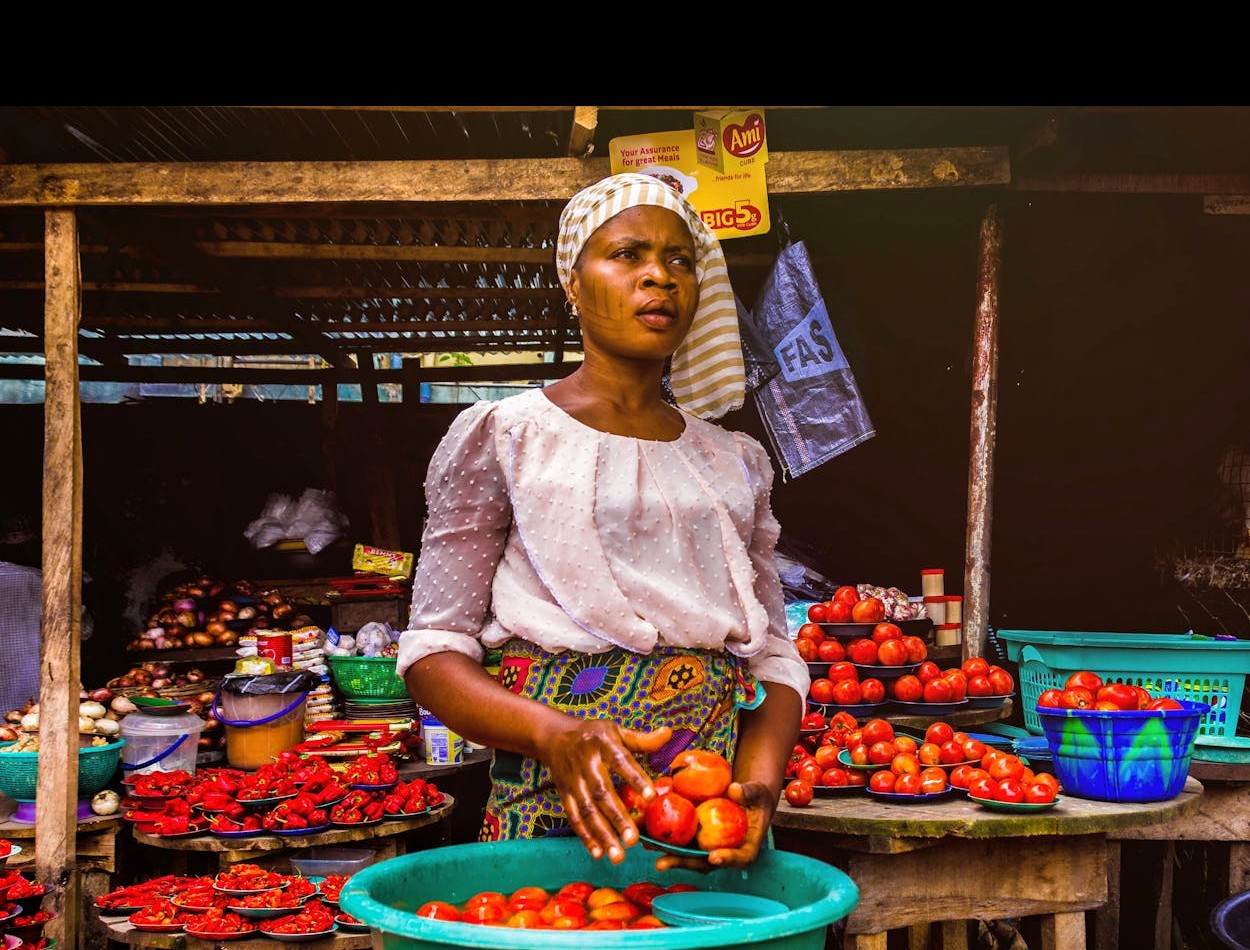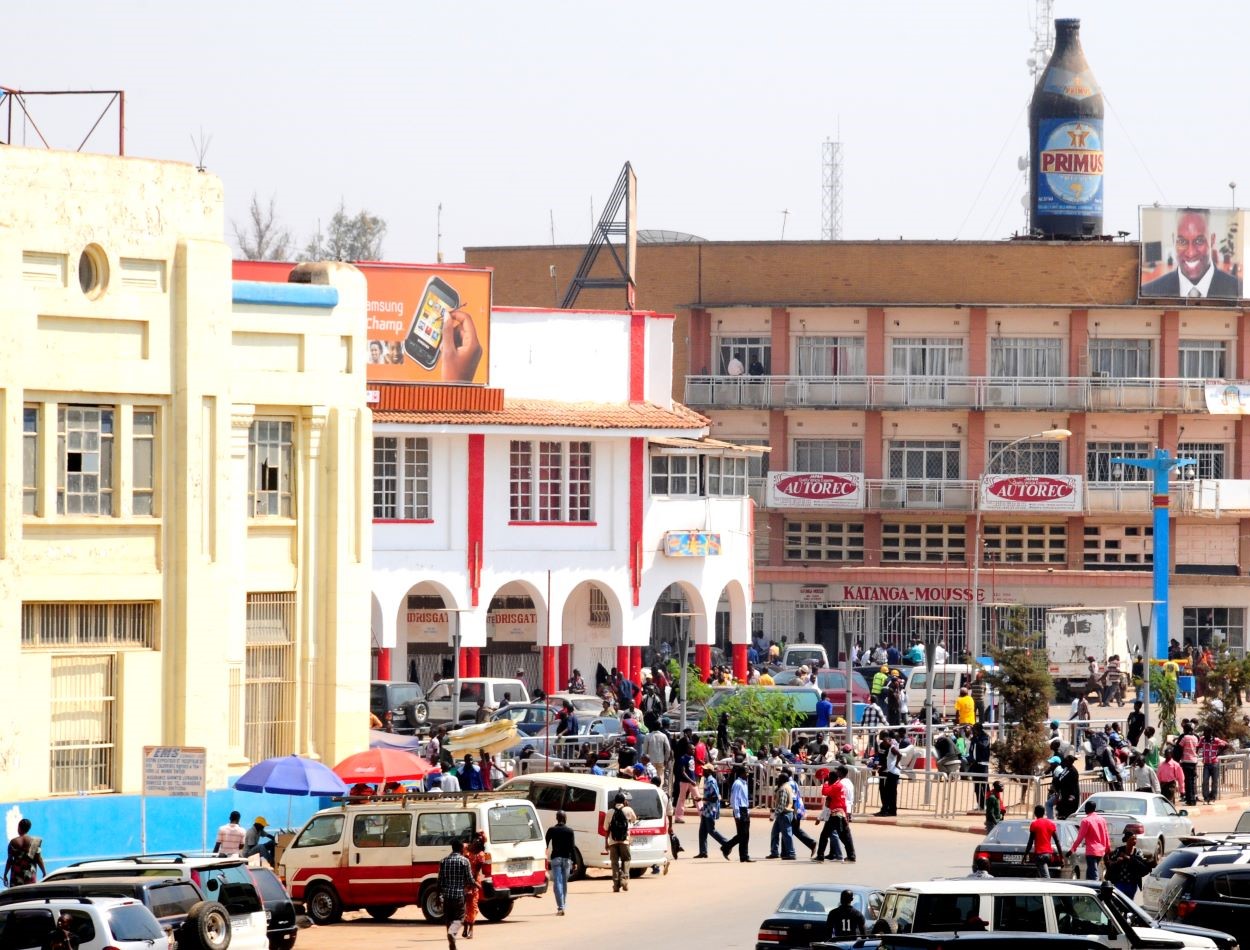The African Development Bank (AfDB) has said that in 2023, Africa’s economic growth dropped from 4.1 percent to 3.2 percent, but projections indicate higher growth rates for most regions this year, excluding central Africa.
Citing political instability and China’s economic slowdown as exacerbating factors alongside the impacts of COVID-19 and Russia’s conflict in Ukraine, the AfDB highlighted the challenges facing the continent’s economic recovery.
Despite initial forecasts of 3.4 percent growth, the final figure for 2023 fell short, with the AfDB revising regional estimates downwards for central and north Africa.
Natural disasters
“The shocks buffeting African economies since 2020 have damaged growth, with long-term implications,” the bank said in a report.
Factors such as Equatorial Guinea’s recession and Libya’s recovery from severe flooding contributed to these adjustments.
In its report, the AfDB acknowledged the lasting consequences of economic shocks on African economies since 2020, emphasizing the need for long-term strategies to address the underlying challenges.
The AfDB noted that 15 African countries achieved economic growth rates exceeding 5 percent.
Among them were Ethiopia, engaged in external debt restructuring, as well as Ivory Coast, the Democratic Republic of Congo, Mauritius, and Rwanda.
Looking ahead to 2024, the AfDB projected accelerated growth across all regions except central Africa.
Sluggish Southern Africa
Southern Africa, however, is expected to remain a laggard with a growth rate of 2.2 percent, compared to East Africa’s robust 5.7 percent.
The AfDB attributed Southern Africa’s sluggish performance to ongoing economic stagnation in South Africa, the region’s largest economy.
Despite forecasted growth of 1.1 percent in 2024, up from 0.8 percent the previous year, persistent challenges such as high unemployment, poverty, and inequality continue to hinder the country’s progress since the end of White minority rule.
“This underwhelming economic situation has aggravated the country’s persistently high unemployment, poverty, and inequality and prevented it from reaping democratic dividends in the 30 years since the end of White minority rule,” AfDB said.


West Africa’s largest economy, Nigeria, is anticipated to grow by 2.9 percent in 2024, with a notable increase attributed to a sharply devalued currency driving up inflation rates, exacerbating the cost of living crisis.
Similarly, in Egypt, high inflation and foreign exchange shortages are expected to dampen growth prospects, with forecasts indicating a decrease to 3.7 percent in 2024, compared to 4 percent in 2023.
Here’s a list of the top 10 African economies along with their main economic activities:
- Nigeria
Nigeria’s economy is diversified, but its main economic activities include oil and gas production, agriculture (particularly cocoa, rubber, and palm oil), telecommunications, banking, and services.
- Egypt
Egypt’s economy is also diverse, with key sectors including tourism, agriculture (especially cotton, fruits, and vegetables), manufacturing (textiles, chemicals, and food processing), construction, and natural gas production.
- South Africa
South Africa has a well-developed economy with key sectors including mining (gold, platinum, and coal), manufacturing (automobiles, steel, and chemicals), agriculture (maize, wheat, and sugarcane), tourism, and financial services.
- Algeria
Algeria’s economy is heavily reliant on oil and gas production, which accounts for a significant portion of government revenue.
Other important sectors include agriculture (wheat, barley, and citrus fruits), mining (phosphates and iron ore), and manufacturing (petrochemicals and steel).
- Morocco
Morocco’s economy is characterized by diverse sectors such as agriculture (cereals, citrus fruits, and olives), tourism, manufacturing (automobiles, textiles, and aerospace), mining (phosphates and minerals), and renewable energy.
- Kenya
Kenya’s economy is driven by agriculture (tea, coffee, and horticulture), tourism, manufacturing (food processing, textiles, and construction materials), financial services, telecommunications, and technology (particularly mobile money services).
- Ethiopia
Ethiopia’s economy is predominantly agrarian, with agriculture (coffee, cereals, and pulses) being the main economic activity.
Other key sectors include manufacturing (textiles, leather goods, and food processing), construction, and telecommunications.
- Angola
Angola’s economy is heavily reliant on oil production, which accounts for the majority of government revenue.
Other important sectors include diamond mining, agriculture (coffee and sugar), fisheries, and construction.
- Ghana
Ghana’s economy is diversified, with key sectors including agriculture (cocoa, gold, and oil palm), mining (gold, bauxite, and manganese), manufacturing (textiles, food processing, and cement), services, and telecommunications.
- Tanzania
Tanzania’s economy is driven by agriculture (maize, cassava, and rice), mining (gold, diamonds, and coal), tourism (wildlife safaris and beach resorts), manufacturing (textiles, beverages, and cement), and telecommunications.






